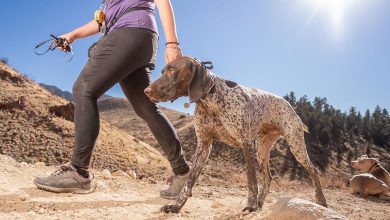Are Dog Parks Unsafe for Advanced Off-Leash Training
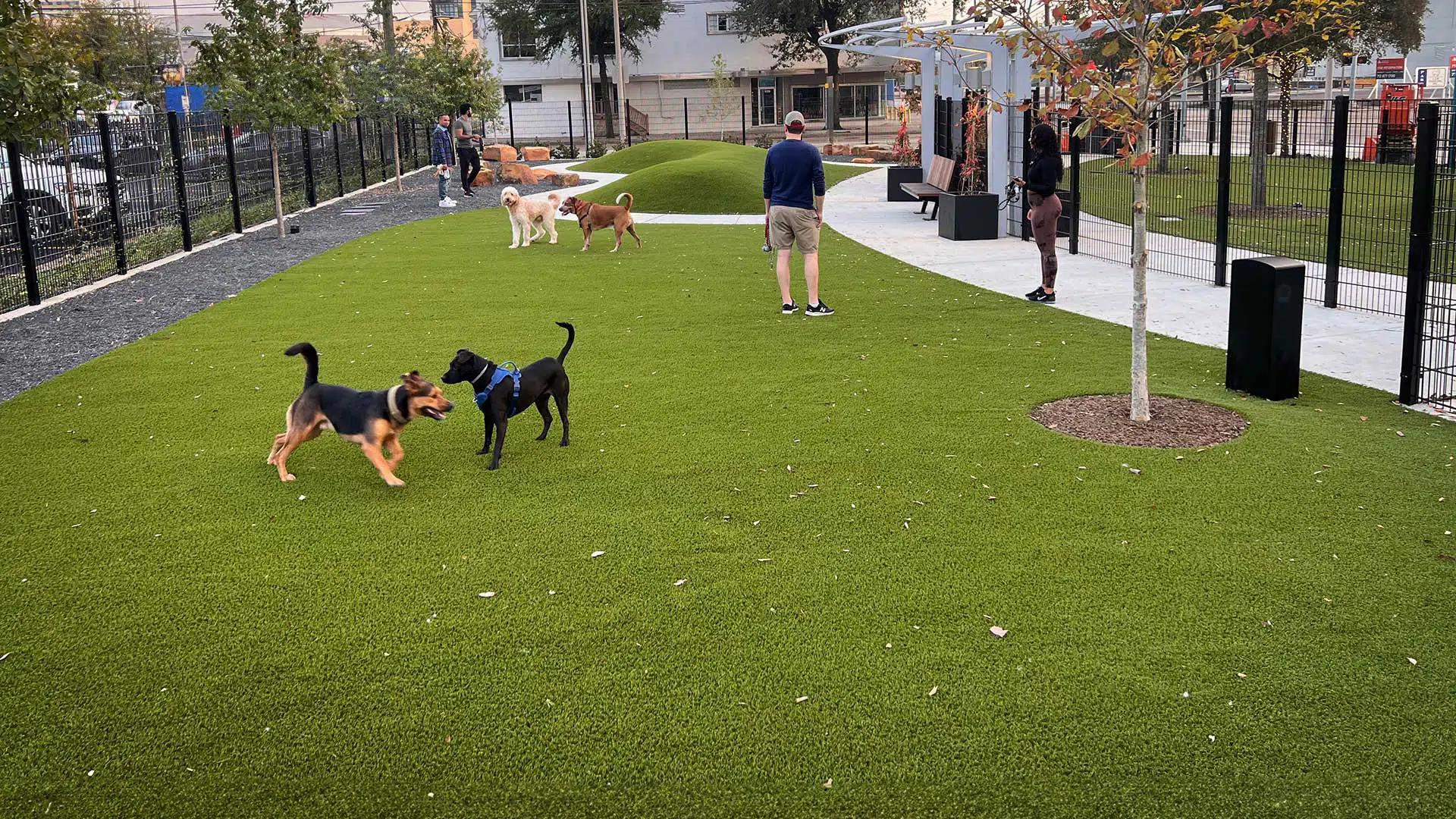
When it comes to advanced off-leash training for dogs, many owners seek environments that foster both safety and learning. Dog parks, with their open spaces and opportunities for socialization, often appear to be an ideal setting for such training. However, this assumption warrants a closer examination. Are dog parks truly conducive to advanced off-leash training, or do they present hidden risks that could hinder a dog’s progress? This article aims to explore the dynamics of dog parks in the context of off-leash training, evaluating the potential benefits and drawbacks. By understanding these factors, dog owners can make informed decisions about the best environments for their pets’ advanced training needs.
Understanding the Dynamics of Dog Parks for Off-Leash Training
Dog parks can be both a haven and a challenge for off-leash training. Understanding the dynamics of these communal spaces is crucial for successful training sessions. Firstly, it is important to recognize that dog parks are bustling environments with diverse stimuli. The presence of other dogs, humans, and various distractions can make it difficult for a dog to focus solely on training commands. This environment requires dogs to exercise self-control and focus, which can be beneficial for reinforcing obedience in more chaotic settings. However, it also demands that the handler maintains a high level of vigilance and adaptability.
To navigate these dynamics effectively, consider implementing the following strategies:
- Assess the Environment: Before entering the park, observe the current dynamics. Look for signs of overly aggressive or anxious dogs and consider whether the park is too crowded for productive training.
- Gradual Exposure: Start with short sessions and gradually increase the duration as your dog becomes more comfortable and responsive.
- Use Positive Reinforcement: Carry high-value treats or favorite toys to reward your dog for obeying commands amidst distractions.
- Establish Boundaries: Ensure your dog understands the difference between playtime and training time by using distinct cues or commands.
- Engage with Other Owners: Communicate with fellow dog owners to coordinate activities and minimize potential conflicts.
By understanding and adapting to the dynamic environment of dog parks, owners can effectively use these spaces for advanced off-leash training, enhancing both the dog’s skills and confidence.
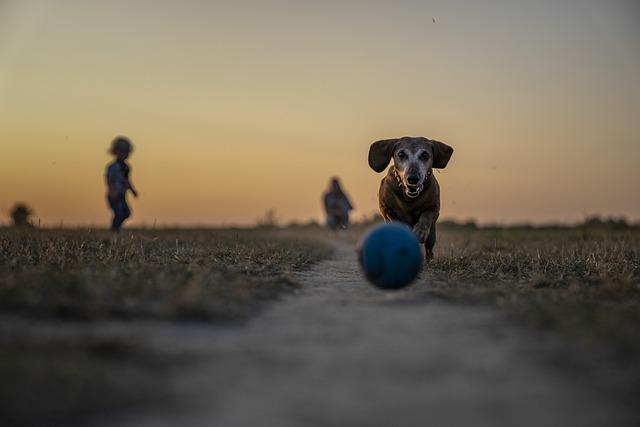
Assessing Risks and Safety Concerns in Dog Parks
When considering dog parks for advanced off-leash training, it’s crucial to evaluate potential risks and safety concerns. Dog parks are communal spaces where various breeds and temperaments converge, making it essential to understand the dynamics at play. Here are some factors to keep in mind:
- Unpredictable Dog Behavior: Even well-trained dogs can exhibit unexpected behaviors when interacting with unfamiliar dogs, which might lead to aggressive encounters.
- Distractions: The abundance of stimuli, from other dogs to unfamiliar scents, can disrupt a dog’s focus, making it challenging to practice advanced commands.
- Inadequate Supervision: Not all dog owners are vigilant, potentially leading to situations where dogs are left unsupervised, increasing the risk of incidents.
- Inconsistent Training Levels: The varying obedience levels among dogs can create chaotic environments, making it difficult for your dog to concentrate.
While dog parks offer socialization opportunities, they may not always be conducive to structured training sessions. Assessing these factors can help ensure that your dog’s training remains productive and safe.
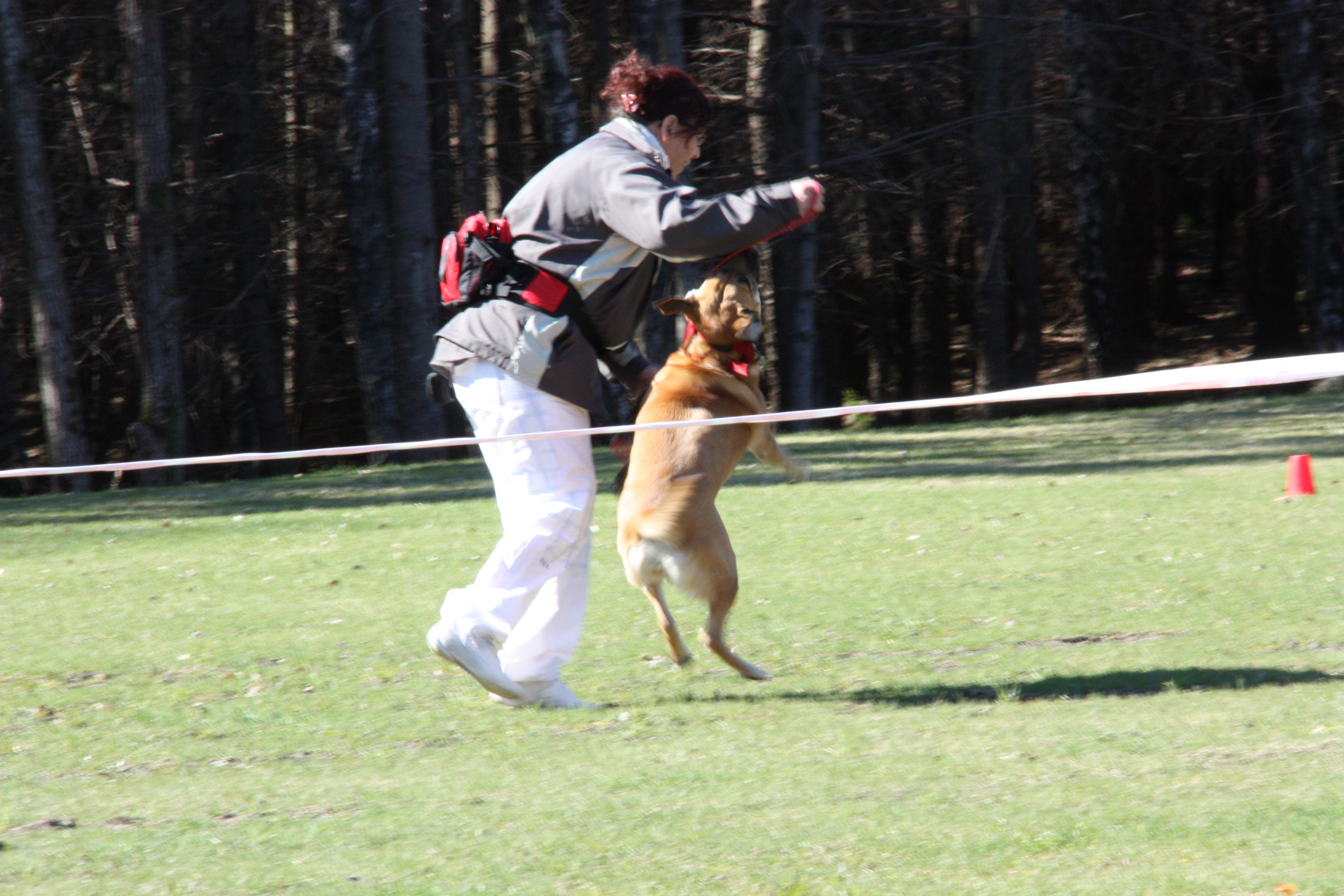
Effective Strategies for Safe Off-Leash Training in Public Spaces
Training your dog to be off-leash in public spaces requires a blend of patience, skill, and the right environment. Here are some effective strategies to ensure both safety and success:
- Start Small: Begin in a secure, enclosed area like a fenced backyard or a dedicated dog training field. This helps build confidence in both you and your dog before venturing into more open public spaces.
- Use Visual Cues: Teach your dog to respond to hand signals or a specific gesture. This can be especially useful in noisy environments where verbal commands may be drowned out.
- Leverage Natural Boundaries: Practice in areas with natural boundaries like trails surrounded by dense shrubbery or large open fields with minimal distractions. These settings help prevent your dog from wandering too far.
- Reward Consistently: Positive reinforcement is key. Use treats, praise, or play to reward your dog each time they successfully respond to a recall command.
- Practice with Distractions: Gradually introduce distractions such as other dogs or people, maintaining control and rewarding good behavior. This helps your dog learn to focus on you even in stimulating environments.
By following these strategies, you can create a safe and controlled off-leash training experience that fosters trust and strengthens the bond between you and your canine companion.
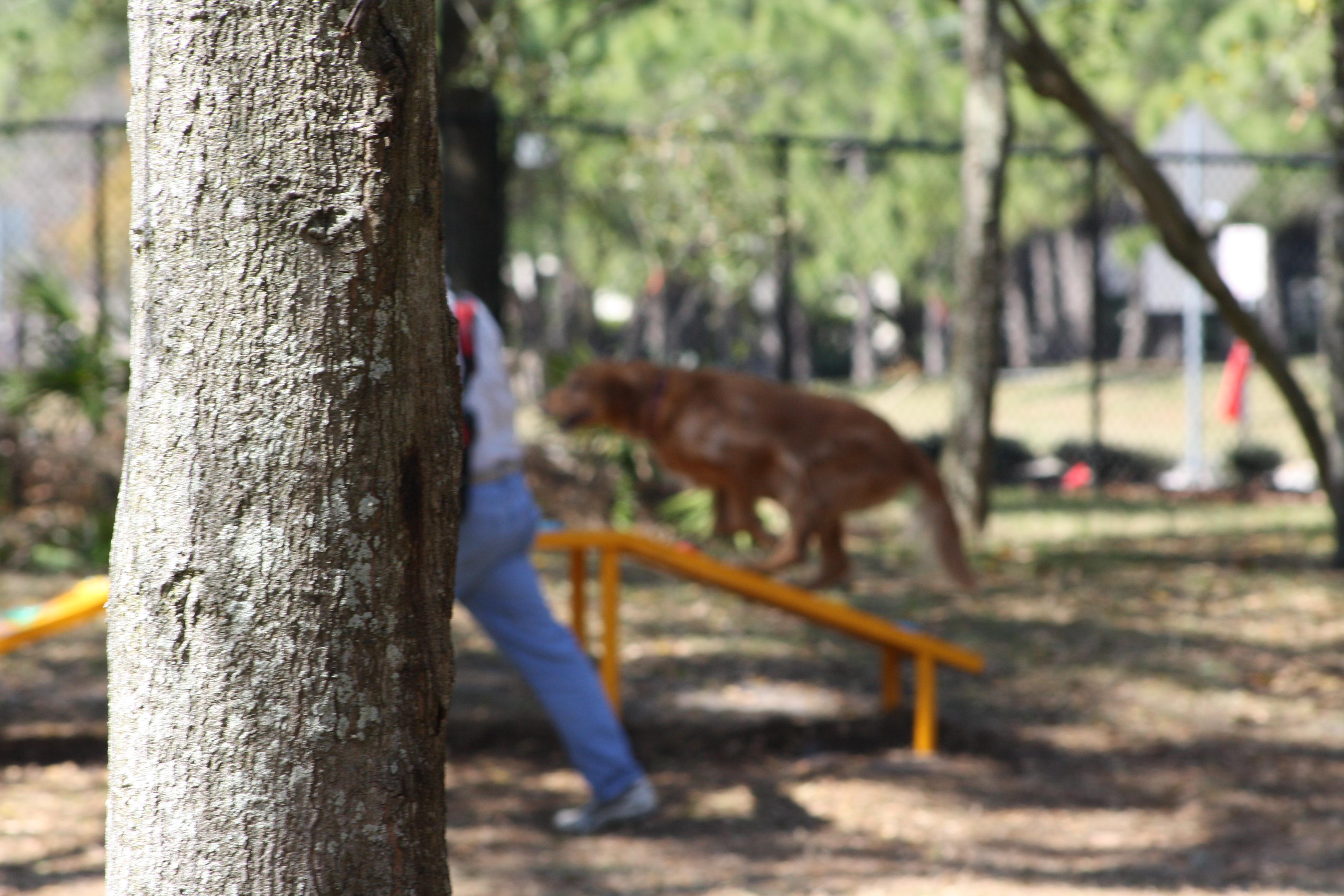
Recommendations for Choosing the Right Environment for Advanced Training
When it comes to selecting the ideal environment for advanced off-leash training, several factors should be taken into consideration to ensure both safety and efficacy. Safety should always be a top priority. Look for spaces that are securely fenced and have a controlled entrance to prevent unexpected escapes or intrusions. A space that is free from hazards such as sharp objects or toxic plants is essential.
Consider the level of distractions present in the environment. While some level of distraction can be beneficial for training, excessive noise or overly crowded areas can hinder progress. Opt for areas that offer a balance, allowing your dog to focus while gradually introducing them to real-world distractions. Terrain and space are also crucial; select a location that offers ample room for movement and varied surfaces to simulate different real-life scenarios. Lastly, check if the area allows for flexibility in training techniques, such as agility equipment or water features, which can be valuable for advanced skill development.
- Secure Fencing – Prevents escapes and ensures safety.
- Balanced Distractions – Enough to challenge but not overwhelm.
- Varied Terrain – Prepares for different real-life conditions.
- Training Flexibility – Accommodates diverse training needs.
